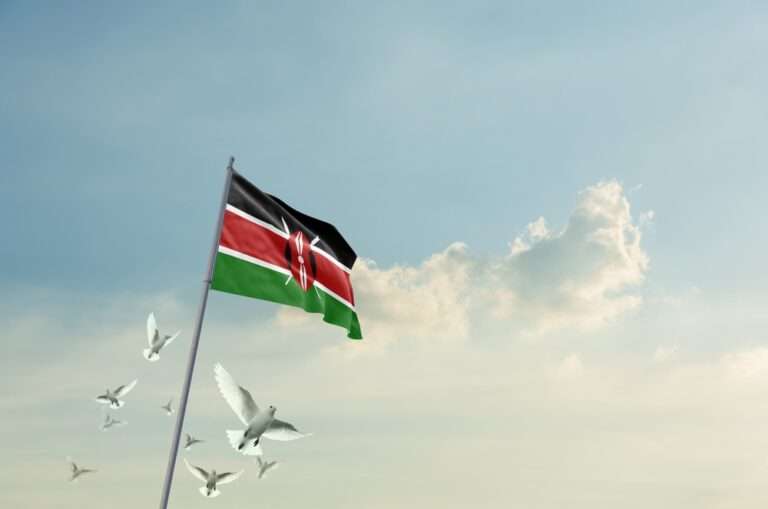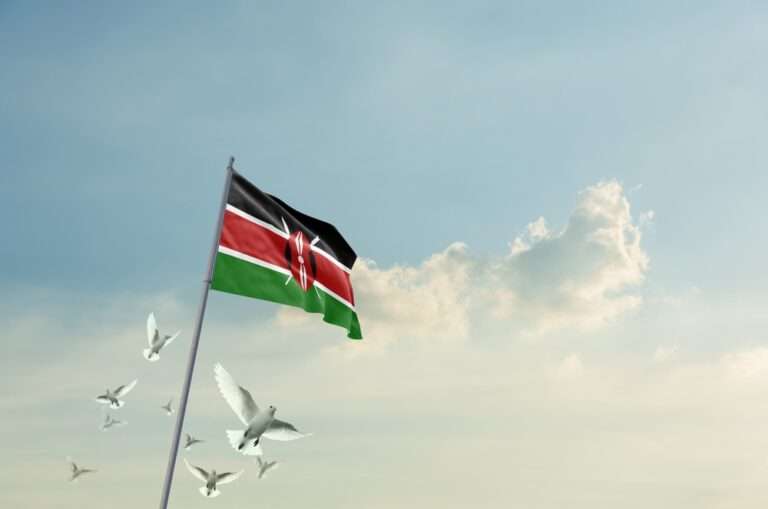
Kenya
Often depicted in broad strokes, Kenya is the home of safaris, the land of lions, Maasai warriors, and the Great Rift Valley. However, under the postcard pictures and shiny vacation publications, Kenya has deeper tales, interesting paradoxes, and cultural treasures many tourists miss out on. Understanding this East African country requires looking past the untamed scenery and into the colorful, daily experiences that shape life here. Kenya is not only a location. It’s a rhythm, a vibe, a discourse about to start. It may astound you.
Kenya’s linguistic landscape is far more than the Swahili.
Certainly, Swahili is one of Kenya’s official languages. It is spoken extensively throughout the nation, but did you know there are more than 40 ethnic groupings, each with its languages and dialects? From Kikuyu to Luo, Luhya to Kamba, every community has its past, customs, and particular method of speech. A linguistic fluidity as poetic as it is practical, residents in many areas alternate between three languages in one conversation: local dialect, Swahili, and English. While the same children rap in Sheng—a slangy combination of Swahili and English spoken by the young in cities—it’s not uncommon to hear a grandmother teaching her grandchildren proverbs in her mother tongue.
Nairobi is a tech center. Hiding in Plain Sight
Though it might surprise some, Nairobi is sometimes called “Silicon Savannah.” With digital entrepreneurs, app developers, and startups creating waves worldwide, the city has quietly risen to one of Africa’s top tech innovation hubs. Born here, the mobile money service M-Pesa changed how people in Kenya and all around Africa send and receive money. Tech incubators like iHub have helped Kenya become known for digital transformation while co-working spaces with creatives and coders. It’s a side of Kenya that doesn’t get enough attention—one where technology and tradition combine.
Kenyans Are World Champions of Long-Distance Running — and It’s Cultural
You might already know Kenya creates some of the quickest long-distance runners globally. But what you might not realize is that their success isn’t only athletic; it’s profoundly cultural. Running is a way of life in the Rift Valley highlands. Running becomes both a need and a love; kids grow up running to school, and herders traverse hills and valleys daily. Runners in Iten, a tiny town called the “Home of Champions,” practice at dawn, combining spiritual discipline, community pride, and an intensive work ethic handed down through generations.
The Great Migration Is Just One Chapter of Kenya’s Wildlife Story
Although the yearly Great Migration of wildebeest across the Maasai Mara draws worldwide notice, Kenya’s wildlife story is broader and more complicated. From the uncommon forest-dwelling bongo antelope in Aberdare to the endangered Grevy’s zebra in the dry north, Kenya is home to some of the most varied ecosystems in the world. Beyond the Big Five, you will discover little-known animals such as the elusive aardvark or the golden-rumped elephant shrew. In areas like the Laikipia Plateau, conservation-led tourism safeguards animals and the people who live on the land with them.
Kenya’s Coastline Holds a Deep, Multicultural History
Though they also have millennia of history, the white dunes and blue waters of Kenya’s coast are indisputably stunning. Towns like Lamu and Mombasa are rich in Swahili culture, a gracefl blend of African, Arab, Persian, Indian, and Portuguese influences. Walking along Lamu’s small lanes feels like going back in time; wooden doors are carved with poetry, calls to prayer reverberate from old mosques, and traditional dhows sail past like whispers from a past age. This mix of civilizations has given rise to a seaside character different from the rest of the nation—laid-back, poetic, and very proud.
Coffee Is Grown in Kenya, but Most Locals Prefer Tea
Though many Kenyans themselves are more devoted to tea—or chai, as it is known locally—Kenya ranks among the top producers of high-quality Arabica coffee worldwide. It is not just a beverage; chai is a ritual. Often flavored with cardamom or ginger, sweet, milky. Shared in talks, given to visitors, and served in houses all around, from the city to the village. Most beans are exported, leaving Kenyans to enjoy their daily cup of tea with pride and legacy as coffee estates thrive in the highlands.
Kenya Has Snow — Yes, Really
Though challenging to picture, snow exists in Africa; Kenya is among the few nations where you may find it. Mount Kenya, the second-highest mountain in Africa after Kilimanjaro, is topped with glaciers and snow for most of the year. Hiking through its lower woods, you’ll come across bamboo groves and animals, but as you climb, the temperature falls, and alpine views take over. Standing on snow-covered land and looking down at the equatorial plains below is a bizarre experience.
Storytelling Is a Living Art
Storytelling in Kenya is more than just fun; it’s a means of conserving culture, imparting values, and handing down knowledge. The oral tradition is still alive, whether elders tell stories by firelight in rural areas or spoken word artists in Nairobi deliver passionate lines on politics, love, and life. Stories are filled with metaphors, comedy, and lessons that stretch back centuries, and they keep changing with every new voice.
The Local Cuisine Is Incredibly Regional
There is no one “Kenyan dish”; the food varies by area, hence reflecting the ethnic diversity of the nation. Often accompanied by ugali, fish from Lake Victoria is served grilled or fried in the lakeside town of Kisumu. In central Kenya, irio is a mash of potatoes, corn, and peas. Coastal food emphasizes fragrant spices, tamarind, and coconut. In the north, spicy meats, flatbreads, and camel milk rule. Every mouthful reveals a narrative of invention, culture, and environment.
There’s Always More to Discover
The most crucial knowledge about Kenya is that no matter how much time you spend here, there will always be more to learn, experience, and observe. Kenya is layered—not just with scenery but with living cultures, customs, aspirations, and unanticipated experiences that linger with you. It’s a nation that steadily, honestly, and elegantly exposes itself if you are ready to look just a bit closer.
More articles: How to Explore Kenya Like a Local




